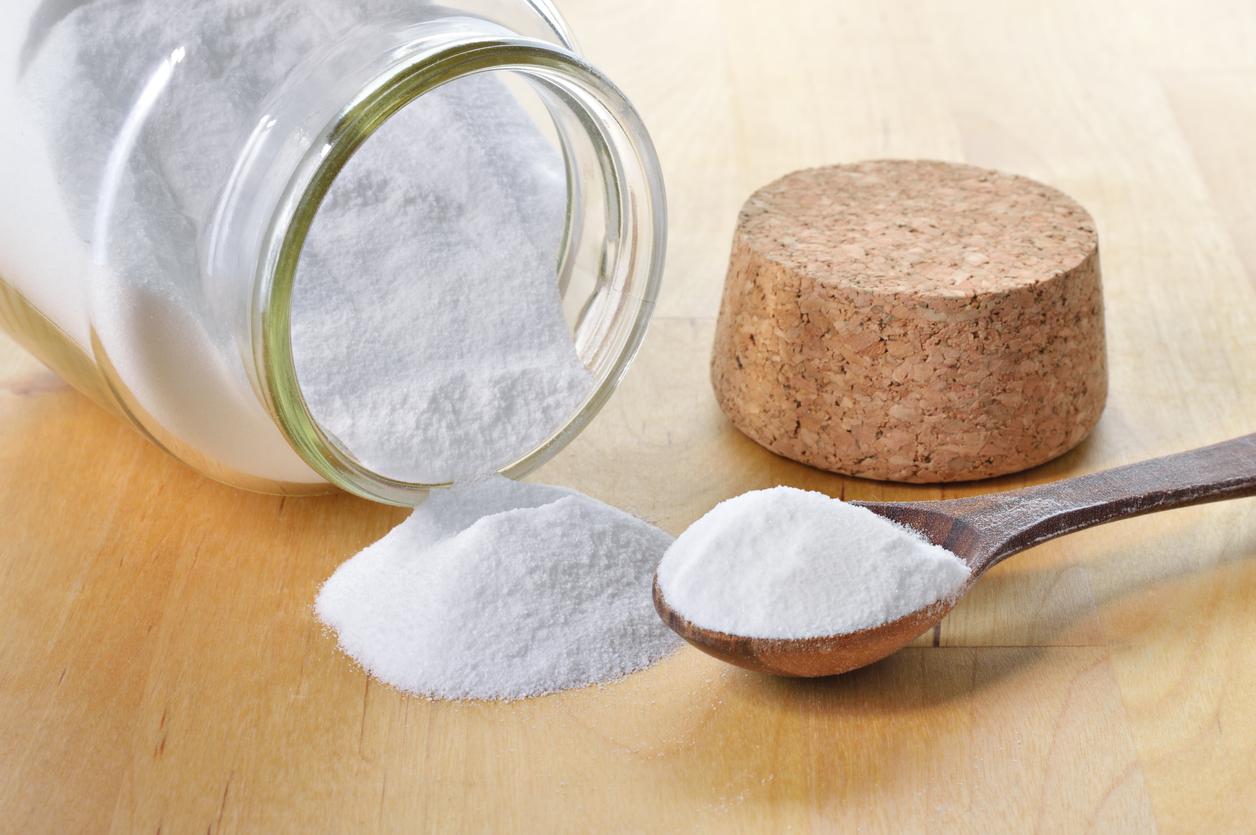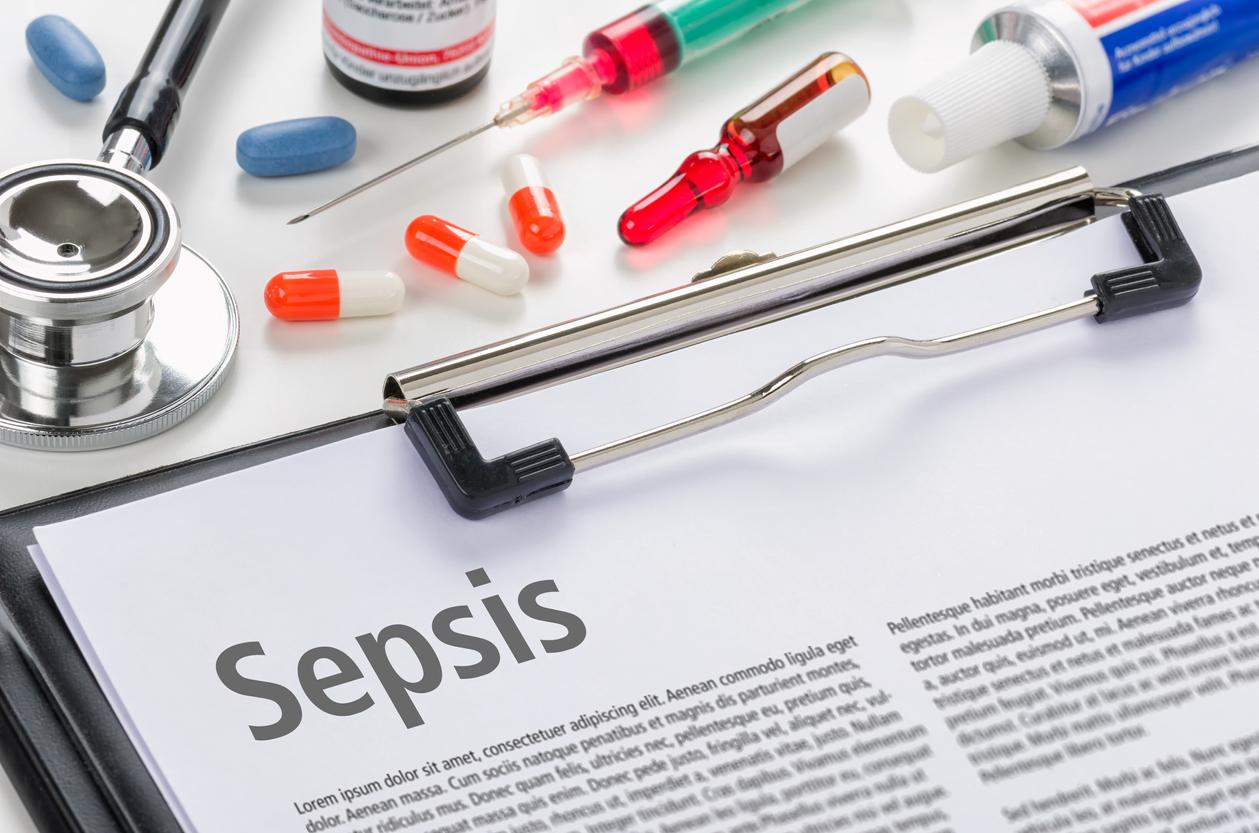A naturally occurring protein helps defend against septic shock. Artificially amplified, it helps get rid of the infection.

- Septic shock kills a person every 3 to 4 seconds in the world. Within 50 years, the number of cases is expected to double.
- Each year, 6 million infants die from this serious reaction.
- In France, the mortality associated with septic shock is 27%; it can go up to 50% in the most serious forms.
- Last May, the WHO declared sepsis a major public health problem.
Bio-mimicry. This is a term that could gain traction. Drawing inspiration from nature to develop treatments is precisely what an Inserm team based in Dijon (Côte-d’Or) attempted. Its enemy: septic shock, this serious inflammatory reaction that occurs following a bacterial infection.
In Scientific Reports, scientists say they have taken advantage of a protein naturally present in the body to fight sepsis. Called PLTP, it neutralizes the action of toxins expressed by the bacteria causing the infection. Thereby avoiding the death of the patient.
A vital protein
The protein is a sort of “washing machine for bacterial toxins”, explains Laurent Lagrost, who coordinated the research. PLTP breaks down the surface of bacteria, which produces endotoxins. These are then transferred to lipoproteins so that they are transported to the liver, destroyed, and evacuated by the bile ducts.
Normally, the body does this work all the time. But in debilitated people, the protein works less well. However, it is essential, as the French have shown with a test on mice. Genetically modified to no longer express PLTP, they were exposed to Gram-negative bacteria, responsible for septic shock. The animals quickly died of the infection, without being able to fight it.
The problem is that humans produce very little PLTP. Only a few milligrams are concentrated in our blood, which makes its extraction very difficult. The authors of this study therefore avoided painstaking work by changing their approach.
Guinea pig rabbits
First, scientists genetically engineered rabbits to produce more PLTP in their milk. The amount obtained was 1000 times greater than that observed in human blood. This choice owes nothing to chance: the protein is lipophilic. Milk therefore constitutes an ideal environment for harboring PLTP.
And the result exceeded the expectations of the French. The milk extracted from a rabbit contains as much PLTP as 50 liters of human blood. What to get a reasonable amount. From these proteins, a second series of experiments was carried out on mice suffering from septic shock.
Fast action
Low doses of PLTP were injected into sick animals, so as to slightly exceed the natural concentration. Quickly, their health improved. In fact, the protein blocks the proliferation of bacteria by weakening their walls. But that’s not all: it also effectively breaks down the endotoxins that cause toxic shock.
“This study demonstrates that recombinant human PLTP could be a therapeutic agent,” the authors conclude. But they are cautious: there is nothing at this stage to confirm that the rabbit’s milk will be sufficient to meet the needs of real-life care. Ensuring a sufficient amount of protein will be essential for efficient and widespread use. It is indeed difficult to imagine a chain milking structure for rabbits …
.














